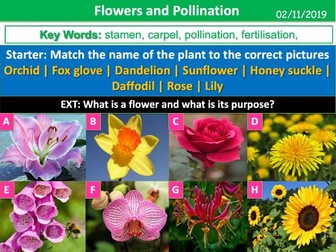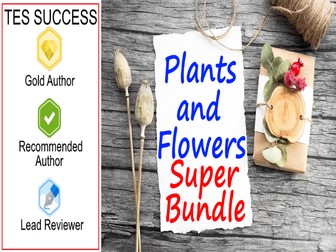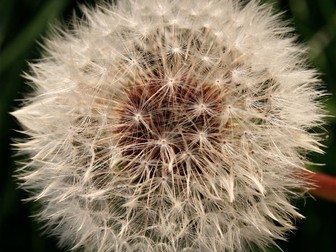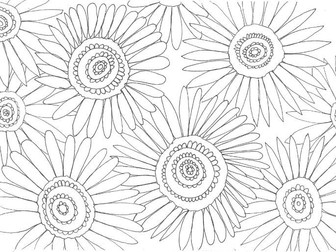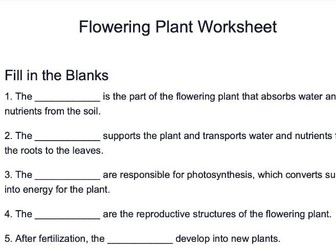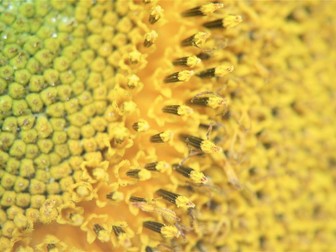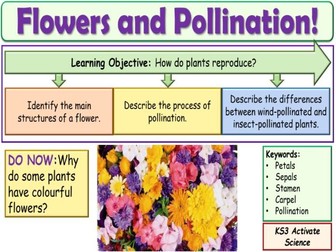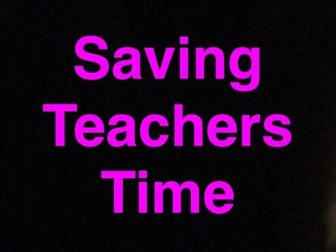KS3 Cubism Art Project using Oil Pastels (Plants and Flowers)
<p>This is a full scheme of work teaching oil pastel techniques in a Cubist style. Students look at various Cubism techniques, and apply them to their own artwork - the subject matter is plants and flowers. I have created a full presentation with 30 slides that include starters, plenaries, mini tasks, challenges etc.</p>
<p>The presentation shows the steps of the oil pastel art project clearly from start to finish, with various differentiated outcomes and activities. It is simple to teach and the outcomes from my students (mixed ability Y9) have been really wonderful!</p>
<p>The subject matter is plants and flowers and I have found it engaging for my Y9 students - mainly because oil pastels provide instant gratification!</p>

